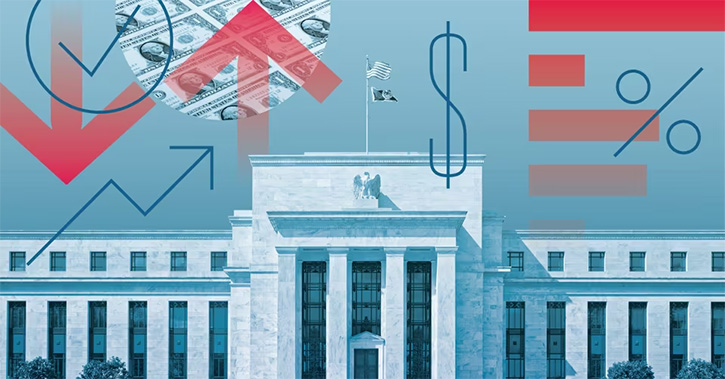
Investors are are more confident in the US stock market than at any time in the past five years, according to a survey carried out by Professor Robert Shiller – despite geopolitical tensions rising and stretched valuations.
Professor Shiller helped to devise the cyclically adjusted price/earnings (CAPE) ratio in 1981, a widely used measure of stock valuation.
Professor Shiller’s Crash Confidence Index measures responses from both institutional and individual investors in the US to the question: “What do you think is the probability of a catastrophic stock market crash in the US, like that of October 28, 1929 or October 19, 1987, in the next six months, including the case that a crash occurred in the other countries and spreads to the US?”.
The index for individual investors currently stands at 24.49, the lowest level since February 2013. In May 2017 it stood at 35.07, a two-year high – but has come down ever since, suggesting investors are less worried about a crash before this year is out.
Institutional investors seem less sanguine, with that index at 30.22. That, too, however, has come down in the past 12 months or so – it stood at 38.22 in July 2017.
Professor Shiller, though, cautions that reality can be inverse to the index, as high investor confidence often precedes a crash. The crash index, which has been running since 1989, reached its highest level of 48.61 for individuals; 57.95 for institutional, in April 2006. The S&P 500 continued to climb higher, rising 20% more over the next six months.
The stock market slump finally began in mid-September 2008, when the index had slipped to 25.82. “So it’s not like people know the future, they get it backwards,” says Professor Shiller.
The professor of economics at Yale University is widely credited for calling the end of the dotcom boom, but says he finds it very hard to give a probability of a crash happening.
His book, Irrational Exuberance, came out in March 2000, when the CAPE hit a record high of 46. Between September and December of that year, the S&P 500 fell 16%. The publishing date was brought forward, he says, because he “had an idea that the stock market might crash any day”.
“I didn’t really want to say it was going to crash because I could have been wrong – it was just an intuitive feeling looking at the narratives.”
Potential Black Swans
Professor Shiller notes that the 1929 crash, which saw the Dow Jones Industrial Average lose almost 90% of its value in the intervening three years, was not expected. “There was no reason to say that this was going to happen. It wasn’t in any leading indicator that was around then,” he says.
The only thing that had been giving instability to markets was the boom in margin credit – where investors borrow cash in order to invest at the margin. That had been happening because many investors saw the stock market as a one-way bet.
Similar could be said about today's environment – no real leading indicators are suggesting a crash is around the corner. Global economic growth is chugging along well, with earnings growth looking healthy, particularly in the light of US President Donald Trump’s tax reforms.
There are some possible weaknesses around today, according to Professor Patrick Artus, chief economist at Natixis. Levels of debt, particular in emerging countries, is one, though Professor Artus believes that will remain less of a problem so long as rates are under the level of growth.
A trade war could spark troubles, but the impact of tariffs in a worst-case scenario will be negligible relative to the sheer size of the US economy. A shortage of liquidity, with both the US and ECB coming out of bond-buying mode, isn’t an immediate worry, as “at a global level, liquidity is expanding extremely fast”.
Of course, the last recession was caused by a housing bubble in the US, which led to a crisis in the sub-prime mortgage market. Professor Shiller called the top in the residential housing market back in 2008, with the S&P/Case-Shiller Home Price index reaching a peak in early 2006 before falling almost a third over the next two years.
The index then moved sideways for a few years, but has been moving ominously upwards ever since 2012, “initially at 10% per year, now more like 5-6% per year”. In early 2018 it surged past the 2012 high.
While Professor Shiller admits that is very strong growth, it is not the strongest. He notes that “Vancouver has been crazier, and Australia, New Zealand, Hong Kong, Shanghai”.
Professor Artus believes the residential property market is actually very robust today, with plenty of regulatory changes implemented in the years since the financial crisis. However, one area for concern could be US commercial property.
“Commercial property prices are increasingly extremely fast, 8-9% per year,” he says. “And commercial property is not that sufficiently monitored. In the US you have something looking very much like a bubble.”




























